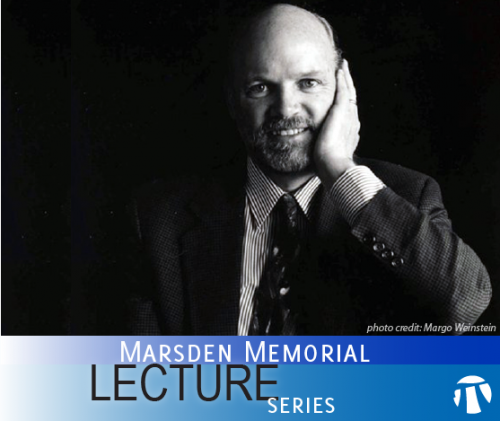Marsden Memorial Lecture

The Marsden Memorial Lecture Series is dedicated to the memory of Jerrold E Marsden (1942-2010), a world-renowned Canadian applied mathematician. Marsden was the Carl F Braun Professor of Control and Dynamical Systems at Caltech, and prior to that he was at the University of California (Berkeley) for many years. He did extensive research in the areas of geometric mechanics, dynamical systems and control theory. He was one of the original founders in the early 1970s of reduction theory for mechanical systems with symmetry, which remains an active and much studied area of research today.
Marsden lectures are high-profile lectures in applied mathematics (broadly construed), and can take place around the PIMS Network. Suggestions for speakers in the Marsden Memorial Lecture Series can be made at any time to the Deputy Director of PIMS, and there will be an annual call for nominations in March of each year. Nominations of speakers enhancing PIMS's mission to reach out to diverse audiences are especially encouraged. Suggested speakers will be evaluated based on their academic distinction in mathematics and its applications, the ability to deliver an engaging talk to a broad mathematical audience and diversity considerations.